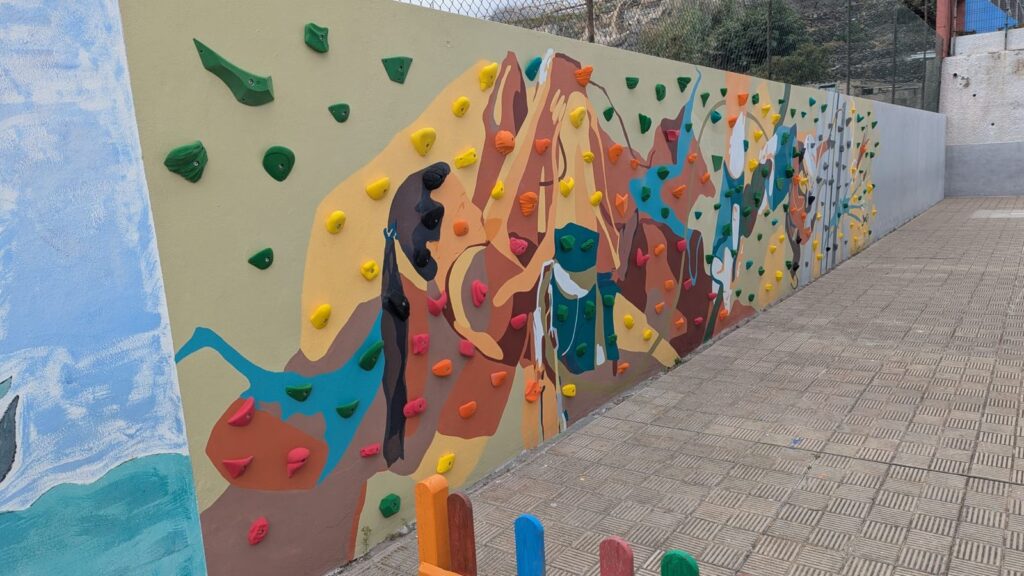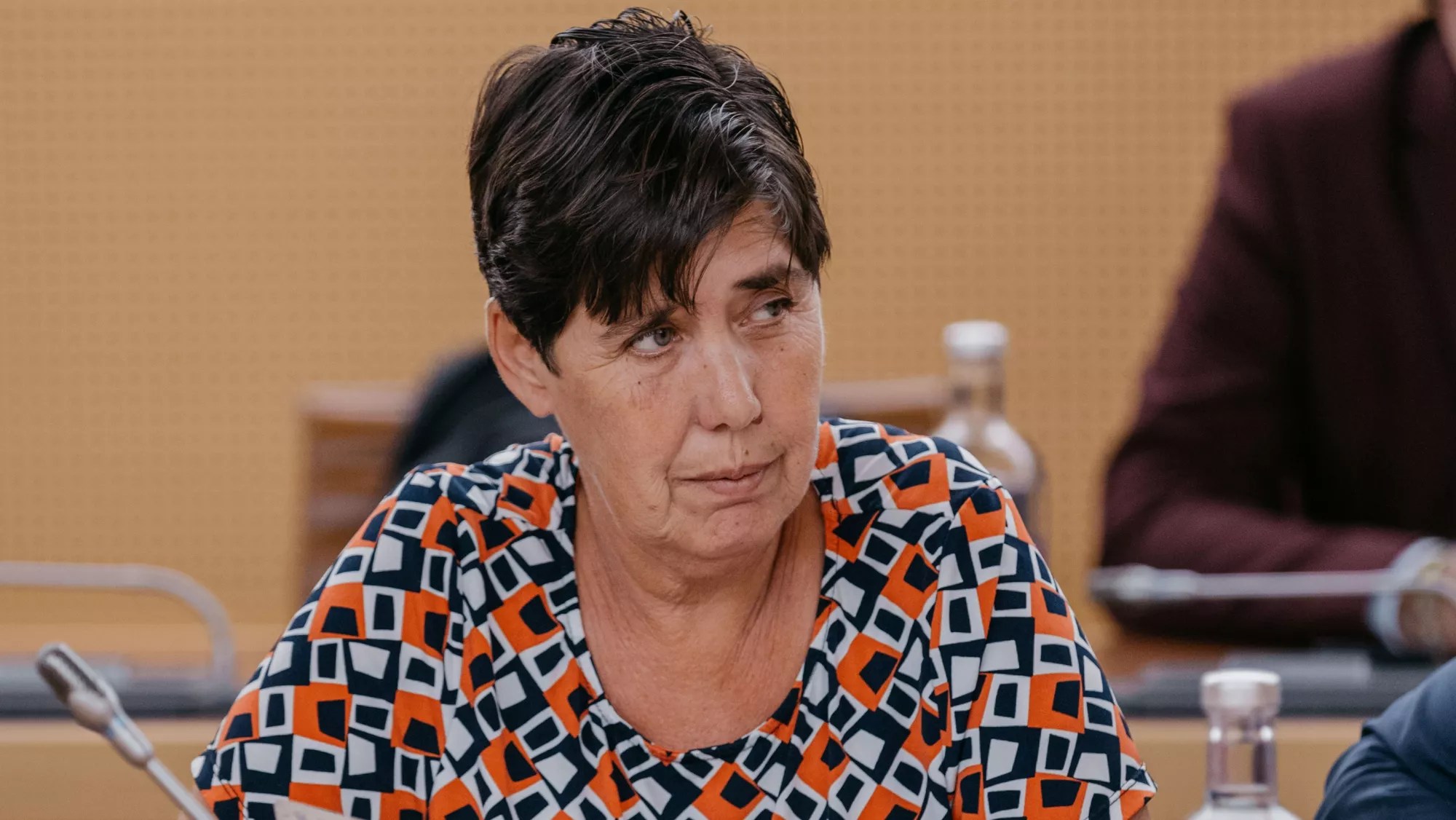
1,200 schoolchildren from the municipality will participate in “Following the Footsteps of Torriani”, an educational experience combining visits to historic buildings, puppetry, legends, and games
The Cultural Heritage Department of La Laguna City Council has launched the guided tour programme “Following the Footsteps of Torriani”, aimed at students in Year 3 and Year 4 from public educational institutions in the municipality. This initiative forms part of the celebrations for the 25th anniversary of La Laguna being designated a UNESCO World Heritage Site, commemorating the universal outstanding value of its urban layout and historical heritage.
The activity involves an interpretative route through the historic core of the city, guided by professionals and animated by a puppeteer representing a very special character: the Italian engineer Leonardo Torriani, creator of the oldest surviving map of La Laguna. Through this character, the schoolchildren will embark on a time-travel journey, allowing them to learn about the city’s foundation and its development over the centuries.
Each visit is designed to be participatory and accessible, tailored to the children’s age, and features a playful approach that transforms learning into an adventure. Thus, the students will experience an immersive journey, blending history, games, songs, and local legends, with the aim of fostering a sense of belonging and igniting their interest in the historical and cultural values that have made La Laguna the only World Heritage City in the Canary Islands.
The programme will run until 28 October, encompassing 27 guided visits, reaching a total of 1,200 schoolchildren. Each path includes stops at iconic locations such as the Instituto de Canarias Cabrera Pinto, the Museo de los Sabandeños, the Cathedral, and the Casa de los Capitanes, where the activity concludes with the children singing the anniversary commemoration song.
Adolfo Cordobés, the councillor for Cultural Heritage, joined the students from CEIP Narciso Brito on today’s route, highlighting that “this initiative not only celebrates our past but also represents a commitment to the future, engaging younger generations in the defence and understanding of our heritage and transmitting these values to their families. Furthermore, such actions have proven to be an effective way to instil heritage awareness from childhood, helping our children recognise themselves as heirs and custodians of a legacy that belongs to us all.”
Elisa Falcón, art historian and tour guide, representing Localiando and co-author of the project alongside Luzbel Armas, stated that “we aimed to design a playful and participatory experience that sparks children’s curiosity and helps them understand that heritage is not something distant but a living part of their everyday surroundings.”
“Torriani is the perfect thread for this time-travel journey, as it allows them to understand how the city was built, how people lived centuries ago and why La Laguna is a World Heritage site today. All of this is presented with a proposal that combines historical accuracy with dynamism, ensuring that each participant feels part of the history they are discovering,” Falcón added.
Understanding Heritage
With “Following the Footsteps of Torriani”, La Laguna reaffirms its commitment to inclusive, creative, and participatory heritage education, emphasising its history and projecting its legacy towards future generations. In addition to historical facts, students will discover anecdotes about daily life in the city since the 16th century and learn how to identify architectural and urban elements.
The journey begins at the plaque replicating Torriani’s map in the Plaza de la Junta Suprema, which indicates the location of the lagoon that gave the city its name. As they pass through successive buildings and streets towards the Villa de Abajo, children will learn about the city’s foundation, the significance of religious orders in the founding process, the first educational centres in La Laguna and the Canary Islands, as well as the origins of many street names and their links to the city’s past supplies.
History of a ‘hidden’ crypt
Additionally, it will provide an opportunity to learn about the story of the burial crypt “hidden” by a member of the Salazar family, discovered during the rehabilitation of the old Augustinian convent, and the Plague of Landres that struck La Laguna in the late 16th century. This will relate to what is still known today as the “Los Molinos” neighbourhood, the foundation of the San Juan church, and over time, the creation of the city’s first civil cemetery.
There will also be insights into the history of the Italian pulpit donated by a local to the now-demolished church of Nuestra Señora de los Remedios (now the Cathedral) and the importance of the temple in attracting population to the Villa de Abajo.
This activity is supported by the Cultural Heritage area and is part of a broader programme aimed at strengthening the connection between citizens and their heritage.
















